Many solar installers will offer a free “site survey” or “site visit” to prospective customers. What does that mean and in what ways is a homeowner involved?
What will the solar installer or contractor do?
A site visit basically consists of a brief interview with the homeowners to get a feel for their electricity needs and a physical inspection of the proposed array site to see if it is suitable for solar. When a qualified solar installer visits a potential photovoltaic site, he or she has many things to watch out for. Primarily, they will be checking the roof’s orientation (azimuth) and solar access. Orientation refers to the direction the roof faces – directly South is ideal, with some leeway to the Southwest or Southeast. Solar access quantifies the percentage of time when the proposed array location will be receiving the full unshaded power of the sun during different days of the year. A shady roof might disqualify a site from receiving incentive money from the state, and is not a responsible choice for solar anyway. There are ways to get around shade issues – either by looking at alternate sites, trimming or removing trees, or by using micro-inverters in the system design rather than one large central inverter.
Other things an installer will look for are the roof material and condition, the roof’s pitch, and the location and type of the utility electric service panel.
What does the homeowner do?
As a homeowner, one of the first things you should ask is if the firm is insured. You certainly do not want to allow anyone on your roof who does not carry insurance as a professional solar contractor.
Your next involvement as a potential customer is an interview with the designer about your electricity use. Solar designers want to see your most recent year (or two years) worth of electric bills. We promise we’re not being nosy about your personal business! Seeing a good history of bills allows us to correctly size a system for your needs. By looking at a whole year, we can see what your electric demand is during the hot summer months, during the winter, etc. Residential electricity use does vary quite a bit throughout the year, depending on how (and how much) you heat and cool your home. While having this discussion, it is also good to discuss energy efficiency improvements that may be made in your home. Reducing your use reduces the size of the solar array necessary to offset your demand, and a smaller array means a smaller bill.
That leads to another important topic – how much are you willing to spend? The limiting factors on system size are usually the customer’s budget and the amount of available unshaded roof space. Don’t forget, you don’t need a system that is designed to provide 100% of your electricity. You will still be connected to your utility company, so a system sized to provide 50% or 75% will still reduce your monthly bill quite a bit – for less cost up front.

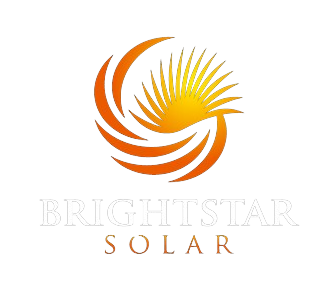
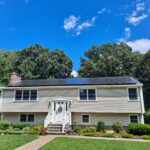

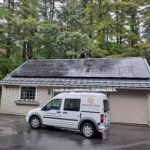
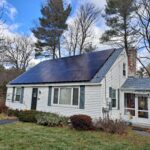
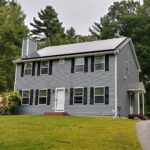
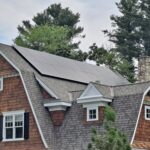
Pingback: Tweets that mention What is a Site Survey? — BRIGHTSTAR SOLAR -- Topsy.com
It is a pleasure to read this weblog, thanks to its up-to-date information and interesting posts. Look into my web page UQ9 for some really good points and find out more about Data Entry.
Your point of view caught my eye and was very interesting. Thanks. I have a question for you.
I don’t think the title of your article matches the content lol. Just kidding, mainly because I had some doubts after reading the article. https://accounts.binance.com/en-NG/register-person?ref=JHQQKNKN
Thanks for sharing. I read many of your blog posts, cool, your blog is very good. https://accounts.binance.com/el/register?ref=IQY5TET4
Thanks for sharing. I read many of your blog posts, cool, your blog is very good. https://accounts.binance.com/register?ref=P9L9FQKY
Thank you for your sharing. I am worried that I lack creative ideas. It is your article that makes me full of hope. Thank you. But, I have a question, can you help me?
Thank you for your sharing. I am worried that I lack creative ideas. It is your article that makes me full of hope. Thank you. But, I have a question, can you help me?